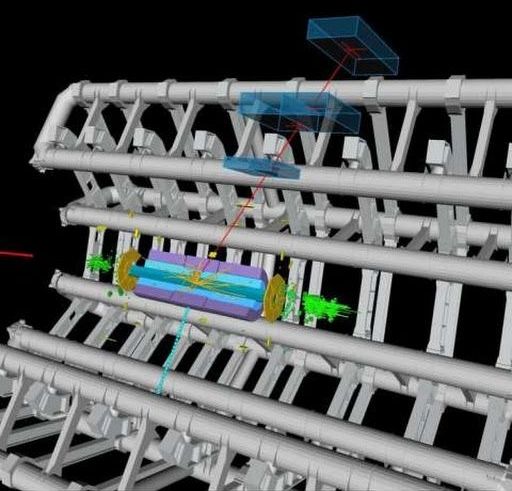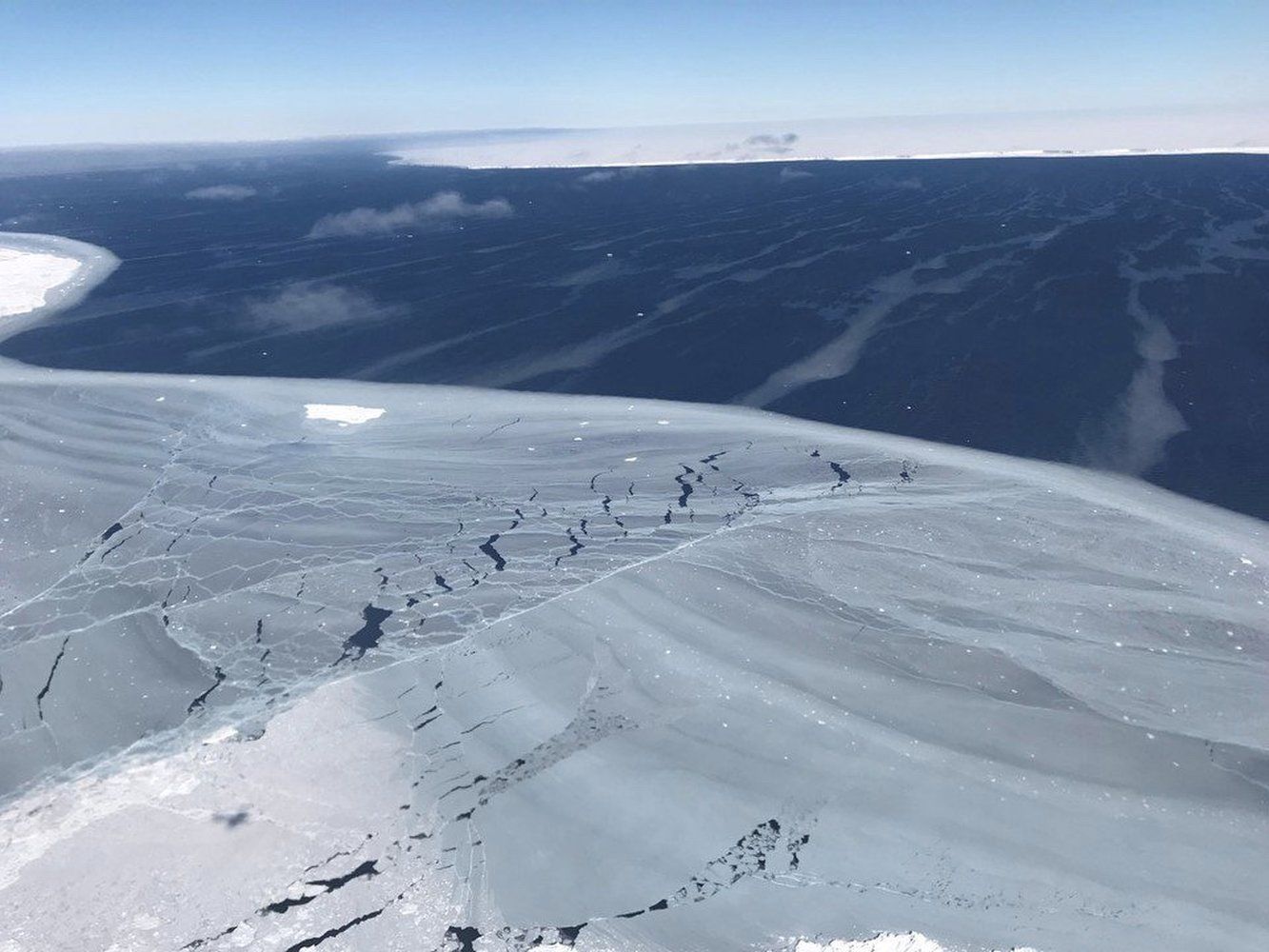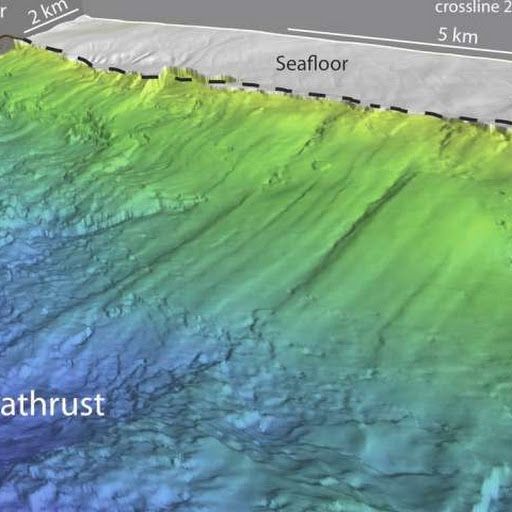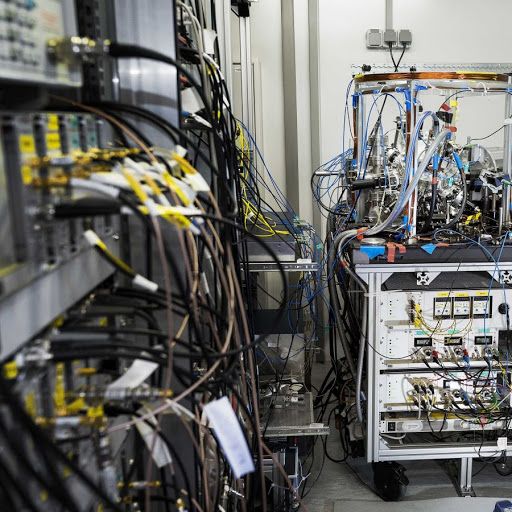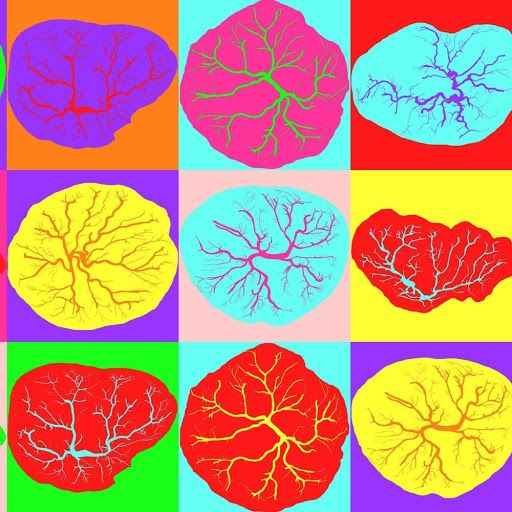In a first for medical science, scientists in the UK have successfully created functioning human kidney tissue that produces urine.
Summary: In a first for medical science, researchers in the UK have successfully created functioning human kidney tissue that produces urine. [This article first appeared on the website LongevityFacts. Author: Brady Hartman. ]
In a first for medical science, researchers have successfully created human kidney tissue within a living organism which can produce urine.
The study led by professor Sue Kimber and professor Adrian Woolf from the University of Manchester in the UK marks a significant milestone in the development of kidney disease treatments. The scientists published their results on February 8 in the journal Stem Cell Reports.




